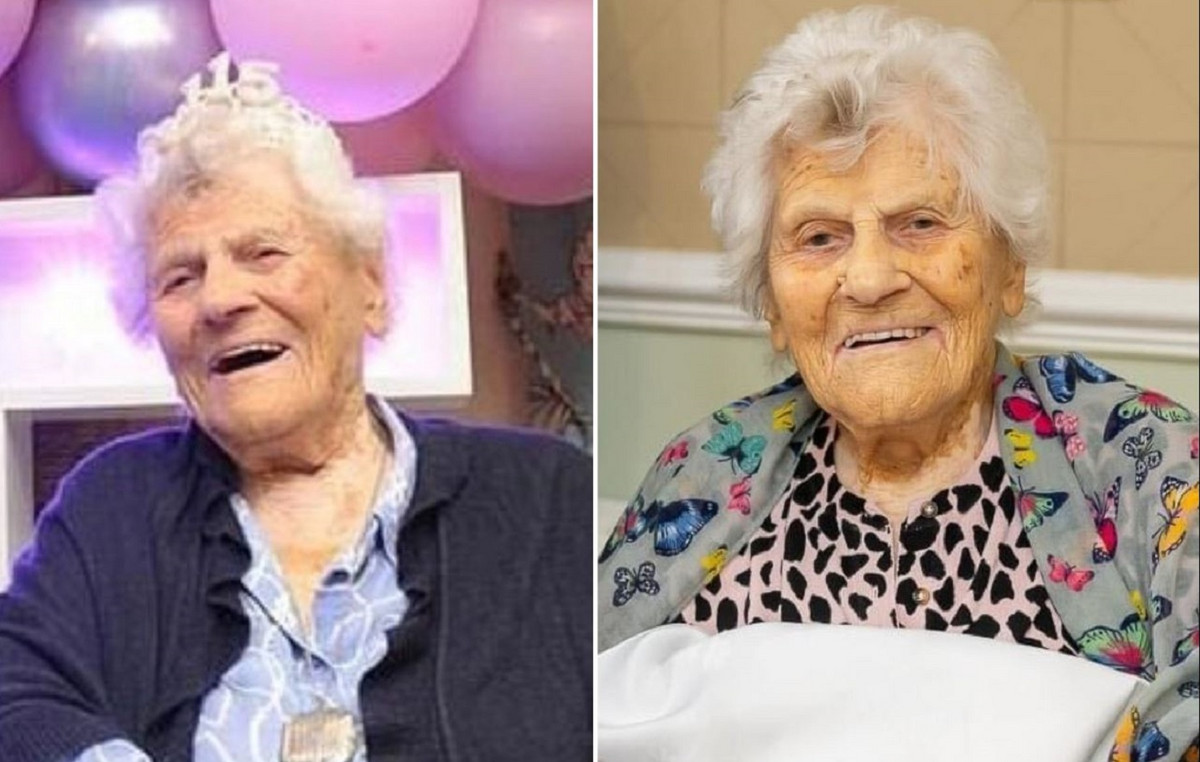O World No Tobacco Day , celebrated this Tuesday (31), promotes awareness of the risks that the habit of smoking brings to health. Cigarettes, smokeless tobacco, electronic devices with different essences and aromas. With a wide range of options, smoking reinvents itself and continues to spark addiction in people around the world.
According to the World Health Organization (WHO), each year, more than 8 million people die due to the impacts of the tobacco industry.
For those who decide to quit smoking, the nicotine withdrawal symptoms are among the main challenges. However, the reactions, which can include irritability, headache, and sleep disturbances, are transient and tend to disappear within a few weeks.
Tobacco is part of the International Classification of Diseases (ICD) as a chronic disease. Therefore, those who smoke are subject to relapses – but that should not be a reason not to try.
According to the Ministry of Health, the fight against smoking comes up against the fact that cigarettes are licit drugs, with reasonable social acceptance, easy access and cost. However, following a few steps can make this path a little simpler.
The ministry points out ten steps for those who want to quit smoking:
- have determination
- Book a day to stop
- Cut smoke triggers
- choose a method
- Find healthy substitutes
- Get rid of cigarette memories
- Find support from friends and family
- Choose the best food
- Seek medical support
- Exchange experiences in a support group
For those who smoke, it is common to receive recommendations from friends and family about quitting. However, for the first step to be taken, the initiative must come from the smoker himself. The reasons can be many, including health concerns, aesthetic appeal, or saving money.
“You have to want to quit smoking. Smoking cessation is a process that begins with the decision to stop smoking and continues until abstinence is achieved”, says the ministry.
According to experts, the beginning of the process must have a date and, preferably, have the support of health professionals. Some are able to stop smoking abruptly, others gradually. The explanation lies in the difference in the impact of nicotine on each individual’s body. A date to remember can contribute to strengthening smoking cessation.
Strategies
Habits such as drinking coffee, drinking alcohol or even everyday meals may be associated with the habit of smoking. Finding out what the “triggers” are that trigger this desire helps to break the cycle.
In this sense, it is possible to avoid drinking coffee or alcoholic beverages in the first weeks of the process. For those who smoke after meals, an alternative is to brush their teeth immediately after eating, in order to have more control over the need to smoke.
Strategies like sucking on ice and eating cubes of frozen fruit can help get rid of the craving, which is the great desire to smoke. Other cigarette replacement options include ice water, raw carrot sticks, coconut water, ginger crystals and fruit popsicles.
Tips for dealing with tobacco withdrawal syndrome
There are different ways to quit smoking, ranging from more abrupt methods to gradual processes. According to experts, it is necessary to identify which method works best for each person.
“If the option is to reduce the number of cigarettes per day, you can set aside, first thing in the morning, the amount stipulated for the day. If you smoked 20 cigarettes, you can separate 15. Then it gradually decreases. It is important to note that the reduction time should not be long. The focus must be on the total cessation of smoking”, says the ministry.
One of the steps when deciding to stop smoking is to eliminate cigarette memories, such as the ashtrays scattered around the house. Small changes in routine to reduce the “triggers” for smoking are great allies.
Going to places where smoking is prohibited and avoiding spaces where people are smoking are recommended measures.
Physical activity and breathing exercises also help alleviate nicotine withdrawal symptoms. Smoking cessation increases physical disposition, breathing and sleep quality.
For those looking to support someone in the fight against smoking, one should avoid pressuring, demanding or criticizing the smoker throughout the process.
Support can be provided in a variety of ways, including offering water and fruit, clearing the environment of cigarette memories, and being patient with withdrawal symptoms.
For smokers, professional support is essential at this time. Smoking treatment is offered free of charge by the Unified Health System (SUS). Specialized care has the participation of several professionals, such as doctors, psychologists, nurses, physiotherapists and dentists.
Talking openly about one’s experiences is part of the engagement in the fight against smoking.
Source: CNN Brasil







